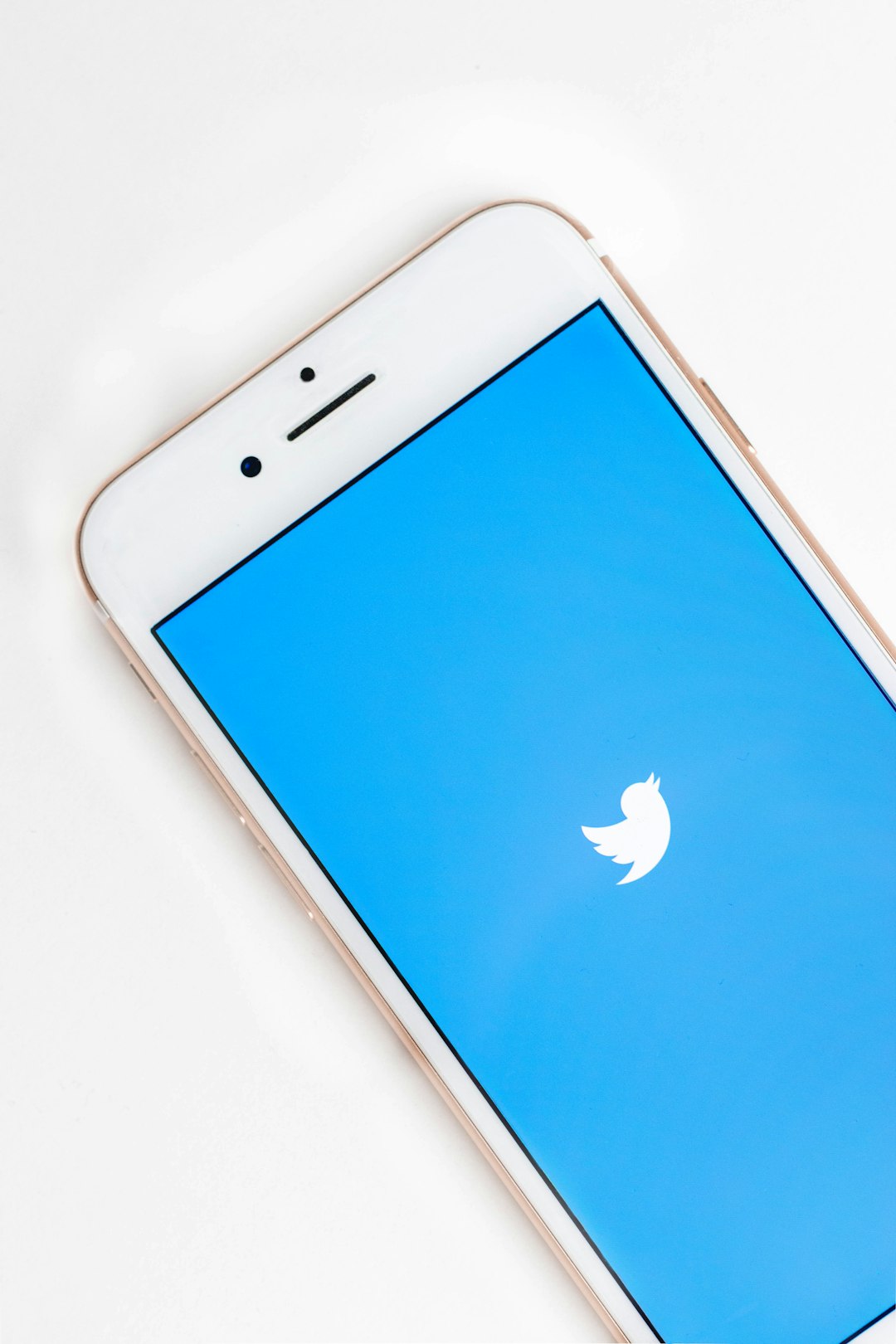
The Evolution of Social Media Apps
Social media has become an integral part of our daily lives, with billions of people around the world using various social media apps to connect, share, and engage with others. But have you ever stopped to think about how these apps have evolved over the years?
From the early days of MySpace to the current dominance of Facebook and Instagram, social media apps have come a long way. In this article, we’ll take a look at the evolution of social media apps and how they have changed the way we interact with each other.
The Early Days of Social Media Apps
MySpace: The Pioneer of Social Networking
by Ian Schneider (https://unsplash.com/@goian)
Launched in 2003, MySpace was one of the first social networking sites to gain widespread popularity. It allowed users to create personalized profiles, add friends, and share music and videos. MySpace was a hit among teenagers and young adults, and at its peak in 2008, it had over 75 million active users.
However, MySpace’s popularity declined with the rise of Facebook, and it eventually lost its position as the top social media app. Today, MySpace still exists, but it has rebranded itself as a music and entertainment platform.
Facebook: The Reigning King of Social Media
In 2004, Mark Zuckerberg and his college roommates launched Facebook, initially as a platform for Harvard students. However, it quickly expanded to other universities and eventually became available to the general public in 2006.
Facebook’s user-friendly interface, privacy settings, and ability to connect with friends and family made it an instant hit. Today, Facebook has over 2.8 billion active users, making it the most popular social media app in the world.
The Rise of Black Social Media Apps
BlackPlanet: The First Black Social Media App
by Caspar Camille Rubin (https://unsplash.com/@casparrubin)
In 1999, BlackPlanet was launched as the first social media app specifically for the Black community. It allowed users to create profiles, join groups, and connect with other Black individuals. BlackPlanet was a safe space for Black people to share their experiences and connect with others who shared similar backgrounds.
While BlackPlanet is no longer as popular as it once was, it paved the way for other Black social media apps to emerge.
Blitter: The Twitter Alternative for Black Users
In 2014, Blitter was launched as a Twitter alternative for Black users. It gained popularity among Black Twitter users who felt that their voices were often silenced on mainstream social media platforms.
Blitter allowed users to share their thoughts, photos, and videos, and connect with other Black users. However, it faced financial and technical issues and eventually shut down in 2016.
Clubhouse: The Exclusive Audio-Only App
Launched in 2020, Clubhouse quickly gained popularity as an exclusive audio-only app. It allowed users to join virtual rooms and participate in live discussions on various topics. Clubhouse gained a lot of attention for its invite-only system, making it a highly sought-after app.
While Clubhouse is not specifically for the Black community, it has become a popular platform for Black voices to be heard and for important discussions to take place.
The Emergence of Music Social Media Apps
SoundCloud: The Platform for Independent Artists
by Sara Kurfeß (https://unsplash.com/@stereophototyp)
Launched in 2007, SoundCloud was initially created as a platform for independent musicians to share their music. However, it quickly gained popularity among music lovers and artists alike.
SoundCloud’s user-friendly interface and ability to discover new music made it a hit among users. Today, it has over 175 million active users and has become a go-to platform for emerging artists to share their music.
TikTok: The Short-Form Video App
In 2016, the Chinese app Douyin was launched, which later became known as TikTok when it was released globally in 2018. TikTok allows users to create short-form videos set to music, and it quickly gained popularity among Gen Z users.
TikTok’s algorithm, which shows users content based on their interests, has made it a highly addictive app. It has over 1 billion active users and has become a platform for music discovery and promotion.
The Future of Social Media Apps
As technology continues to advance, so will social media apps. Here are some trends that we can expect to see in the future of social media:
Augmented Reality (AR) and Virtual Reality (VR)
AR and VR technology is already being used in social media apps, such as Snapchat’s filters and Facebook’s Oculus VR headsets. In the future, we can expect to see more integration of AR and VR in social media, allowing users to have more immersive experiences.
Ephemeral Content
Ephemeral content, or content that disappears after a certain amount of time, has become increasingly popular on social media apps. Snapchat was the first to introduce this concept, and now it is also available on Instagram and Facebook.
In the future, we can expect to see more social media apps incorporating ephemeral content, as it creates a sense of urgency and encourages users to engage with the app more frequently.
Artificial Intelligence (AI)
by Playground (https://unsplash.com/@playgr_und)
AI is already being used in social media apps to personalize content and improve user experience. In the future, we can expect to see more advanced AI being used to create more targeted ads and improve the overall user experience.
Conclusion
Social media apps have come a long way since the early days of MySpace. From connecting with friends and family to discovering new music and promoting businesses, social media has become an integral part of our lives.
As technology continues to advance, we can expect to see even more changes and advancements in social media apps. Whether it’s through AR and VR, ephemeral content, or AI, social media will continue to evolve and shape the way we interact with each other.



